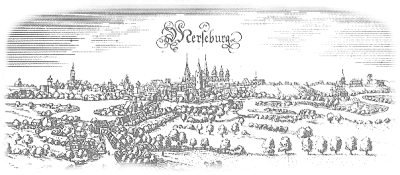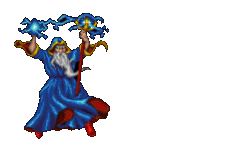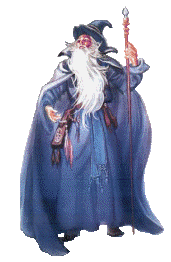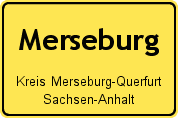History
City Merseburg
Buna Factory
Leuna Factory

Website from the city of Merseburg

 |
World famous are the " Merseburger of charms " and the "Ladegast organ" in the cathedral. |
 |
|
A charm serves for it, " by the power of the engaged word the magic forces which the person wants to make himself serveable to utilise " (Rudolf Simek, encyclopaedia of the Germanic mythology, 2-nd edition in 1995). Charms are delivered, especially from the Germanic language area, in big number. However, most of these sayings come from the Middle Ages and are marked, hence, like a Christian or influenced. In most cases they were taped in ecclesiastical documents.
|
|
The first Merseburger Charm The first Merseburger
charm is a quatrain. He is in the original: |
|
The second Merseburger Charm The second Merseburger
charm is longer than the first one: The meaning of the charm is evident: the dislocated leg of a horse or foal should be cured. Suitable representations are often found on Brakteaten from the 5./6. Century. On many Brakteaten from this time Wotan is illustrated as he cures a horse who has an ill leg (mostly the front run). In this respect the saying is clear. |
|
However, till this day among experts controversially are the god's names which are called in the text. Unambiguously are identified only "Uuôdan" (Wodan, Wotan, Odin) and "Frîia" (Freya, his spouse). With "Phol" (Vol? Fol.?) deny some scholars that it concerns a god's name. Also Balder is not interpreted by some as a name of the God Balder (Baldur), but as "man", in this case it would refer to Wotan. Sinthgunt and Sunna are mentioned only here, also Volla. The latter is equated by most experts with the goddess Fulla, a lady's maid of the Frigg. The Swedish linguist Erik Brate (1857-1924) interpreted Phol and Volla as a brothers and sisters pair, analogously to Freya and Freyr. However, this is only one hypothesis, particularly as Phol is called only here. |
|
An absolute highlight and quite crowning end in the visit of our wonderful cultural city is a visit in the Indian restaurant "TAJ MAHAL".
|

